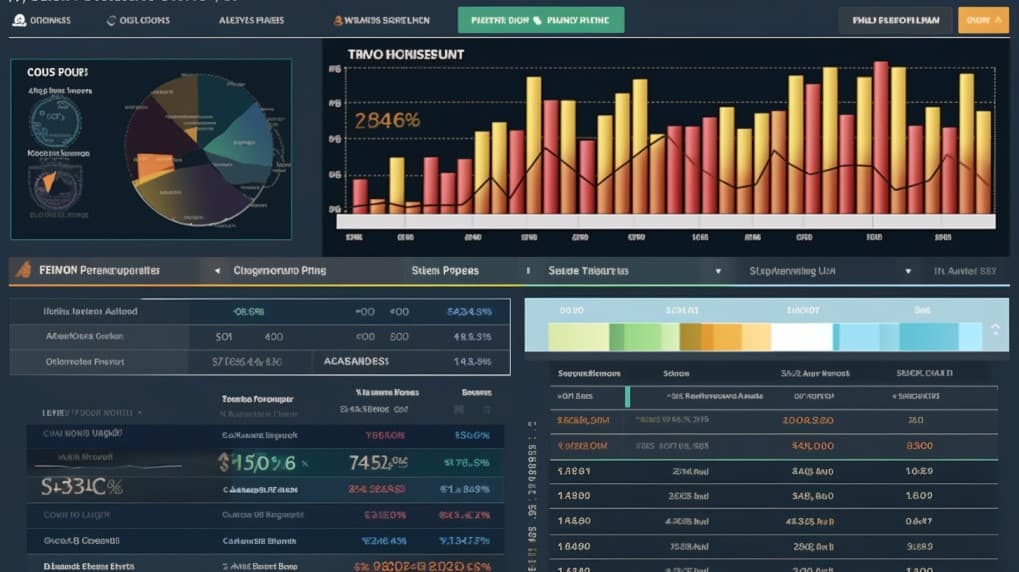
TAN VS PBW: A Comprehensive Comparison of ETFs
Exchange-Traded Funds (ETFs) have transformed the investment landscape by offering diversified exposure to various sectors and asset classes. In this article, we will conduct a thorough comparison between two prominent clean energy ETFs: TAN (Invesco Solar ETF) and PBW (Invesco WilderHill Clean Energy ETF). We'll explore key aspects such as tickers, full names, issuers, sectors, top holdings, capitalization, strategy, tracking, and exposure.
TAN VS PBW: Overview
TAN and PBW are two ETFs with distinct approaches to the clean energy sector. TAN focuses specifically on solar energy, while PBW takes a broader approach by including various renewable energy and clean technology companies. Understanding their divergent strategies will shed light on the potential risks and rewards associated with each ETF.
TAN VS PBW: Sectors and Top Holdings
The TAN ETF concentrates on solar energy-related companies, including manufacturers, developers, and service providers in the solar industry. On the other hand, PBW encompasses a broader range of sectors, including wind, biofuels, and energy storage, with top holdings like Tesla, Plug Power, and Enphase Energy. Assessing the sectors and top holdings will aid investors in selecting the ETF that aligns with their investment objectives.
 TAN overlap TAN VS PBW: A Comprehensive Comparison of ETFs
TAN overlap TAN VS PBW: A Comprehensive Comparison of ETFs
TAN VS PBW: Capitalization and Strategy
TAN boasts a substantial asset under management (AUM), reflecting its popularity among investors interested in solar energy. PBW's strategy encompasses a wider scope of clean energy technologies, potentially offering exposure to multiple areas of growth. Differing in capitalization and strategy, these ETFs provide distinct opportunities and potential risks that investors should carefully consider.
TAN VS PBW: Tracking and Exposure
TAN seeks to track an index of solar energy companies, capturing the performance of this specific industry. PBW, however, tracks an index that includes various clean energy and environmentally conscious companies. The varying tracking methodologies lead to differences in exposure and potential returns. Investors should understand these nuances to make informed decisions based on their investment preferences.
Conclusion
TAN and PBW offer unique avenues for investors to tap into the clean energy sector's potential. For those seeking in-depth insights into holdings, correlations, overlaps, and more, ETF insider is an invaluable tool. With its user-friendly app, it offers comprehensive information about these and other financial instruments.
Disclaimer: This article does not provide any investment advisory services.
Sources:
Invesco Solar ETF (TAN) official website
Invesco WilderHill Clean Energy ETF (PBW) official website
TAN ETF issuer
TAN ETF official page
TAN quote and analysis
Discover the top holdings, correlations, and overlaps of ETFs using our visualization tool.
Our app allows you to build and track your portfolio.
To learn more about the TAN Invesco Solar ETF, access our dedicated page now.